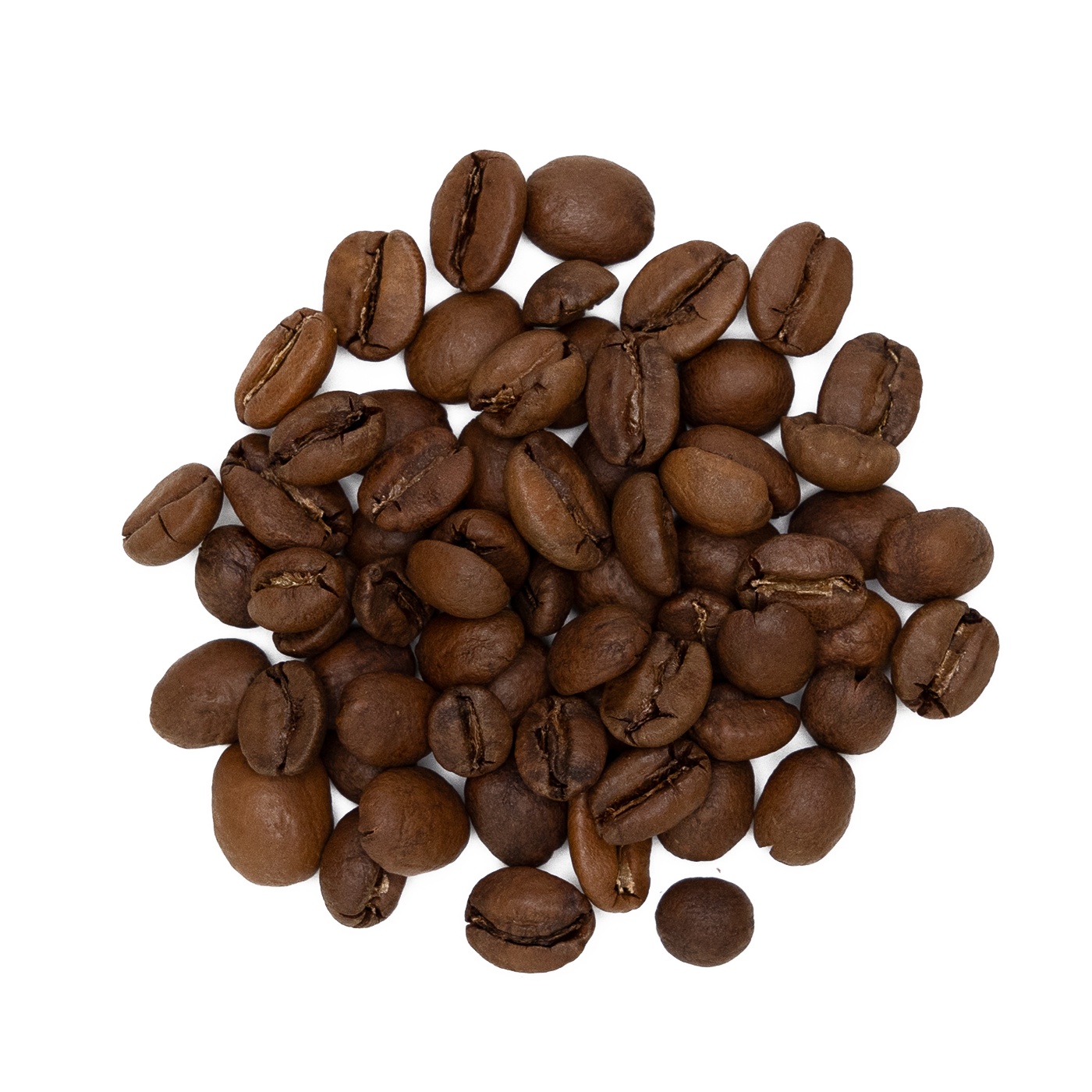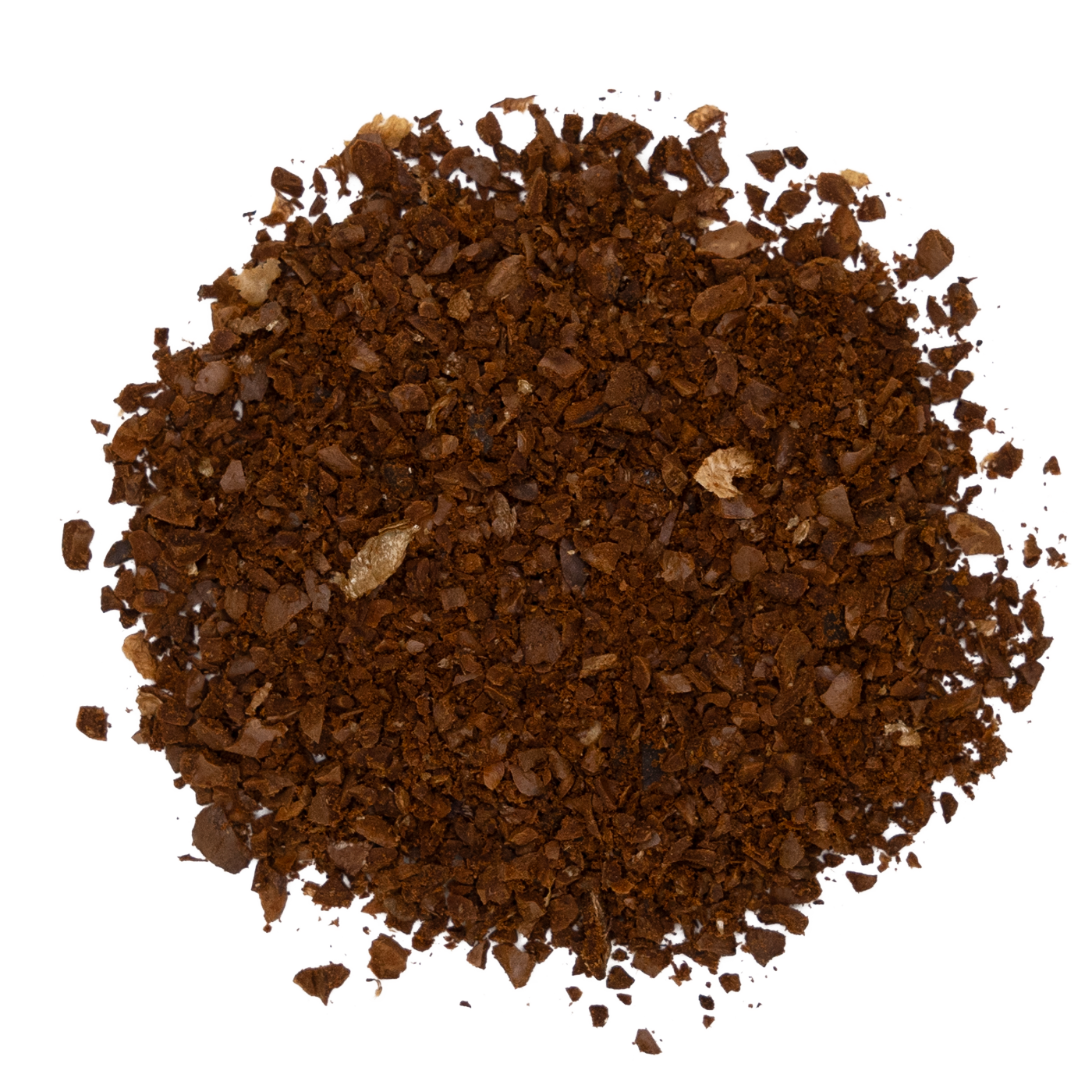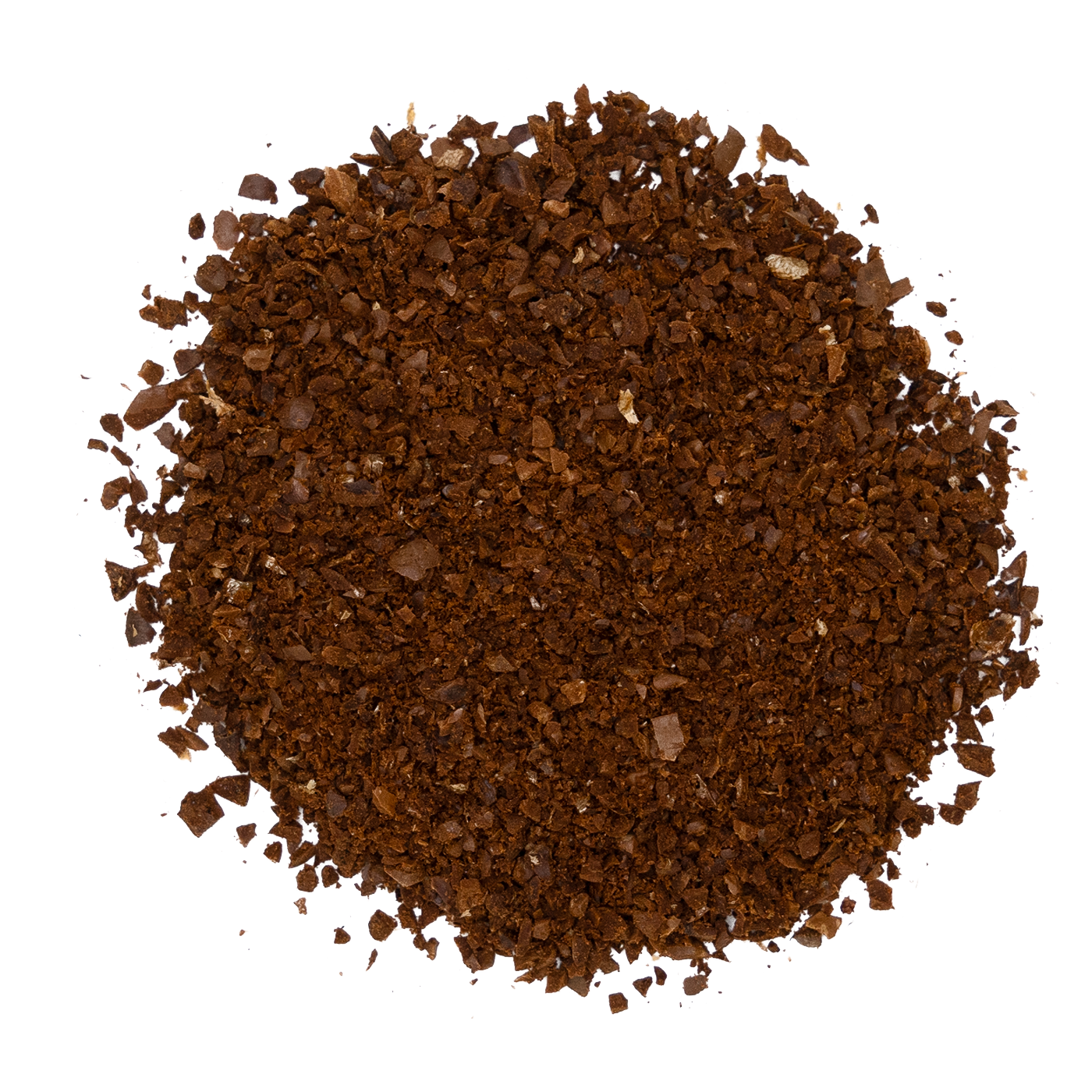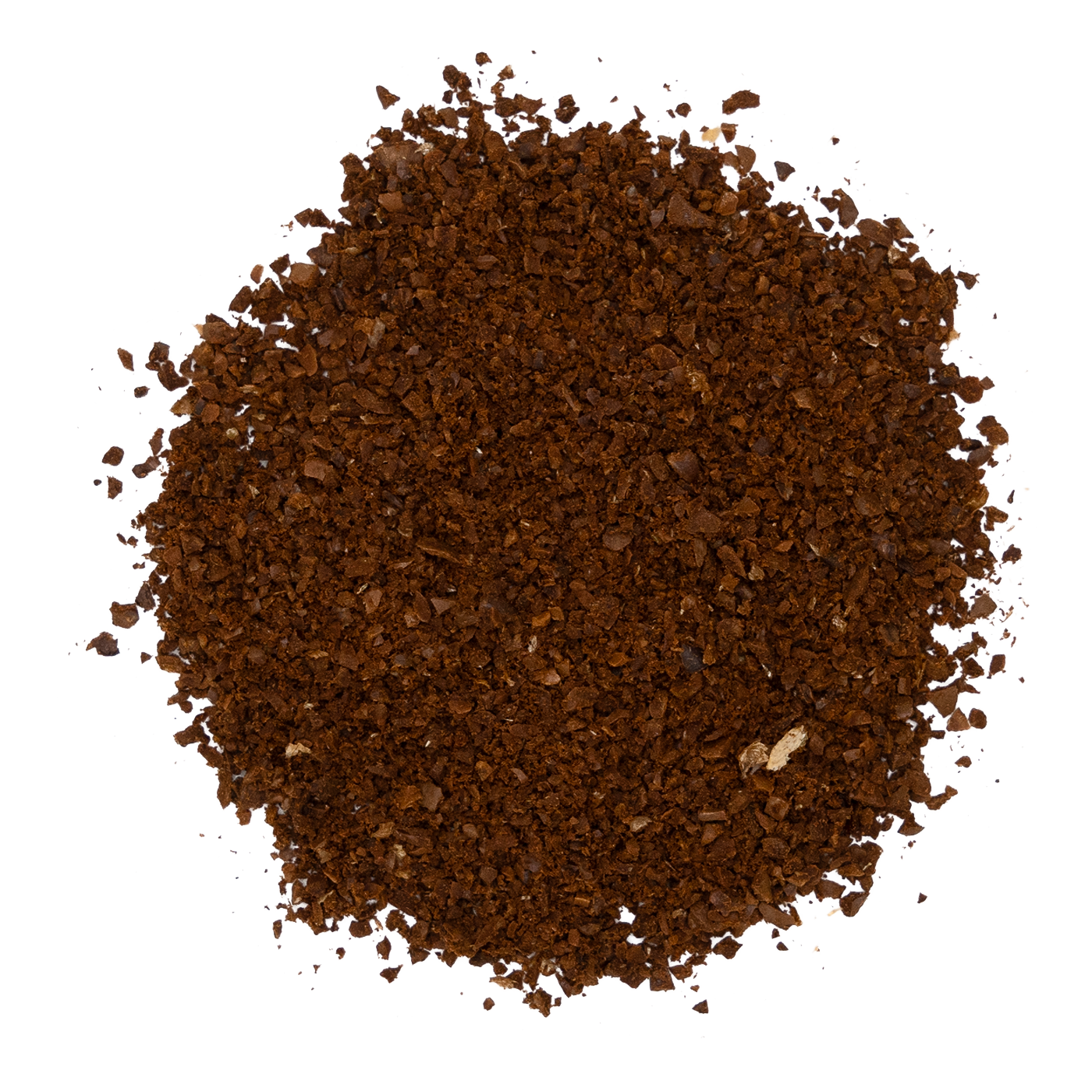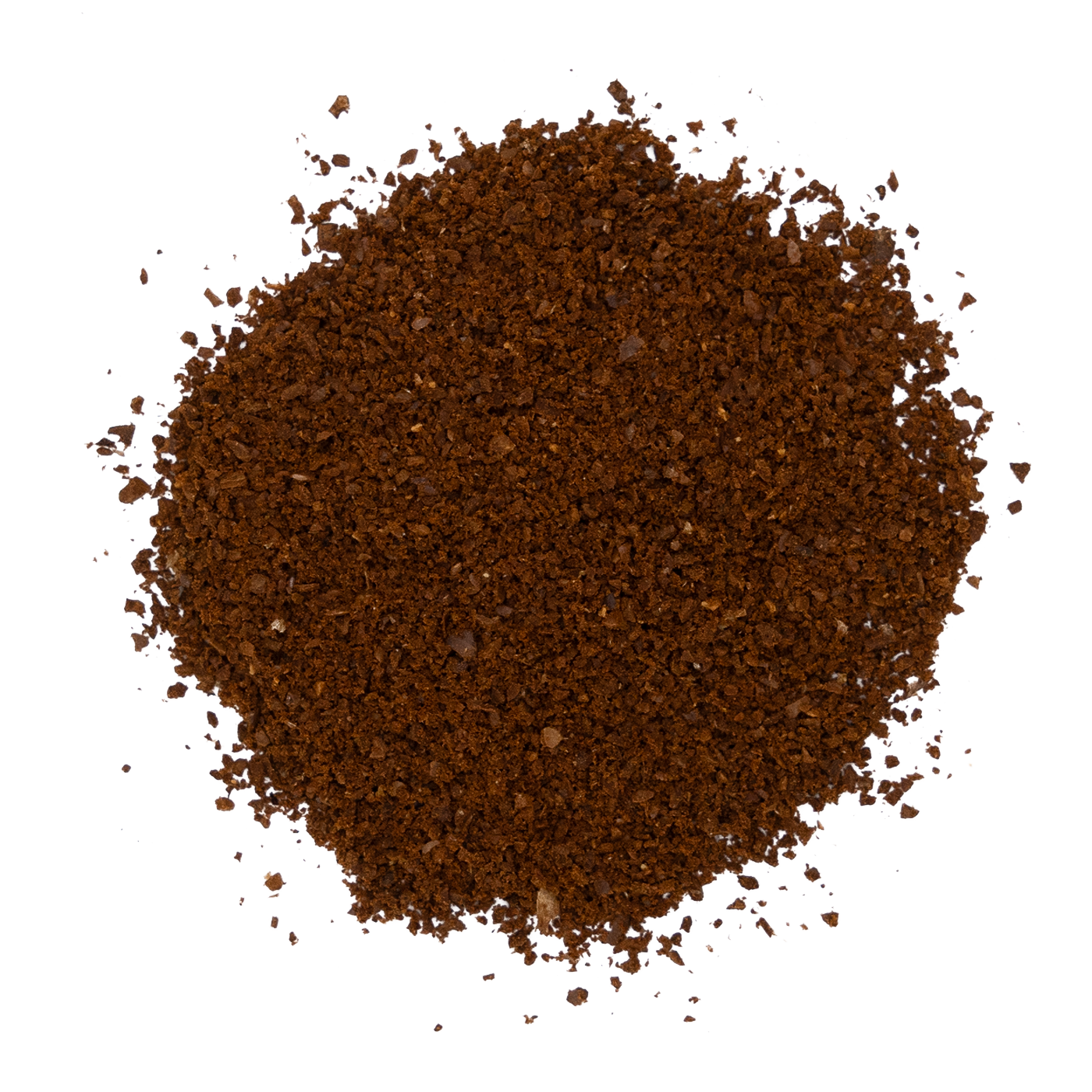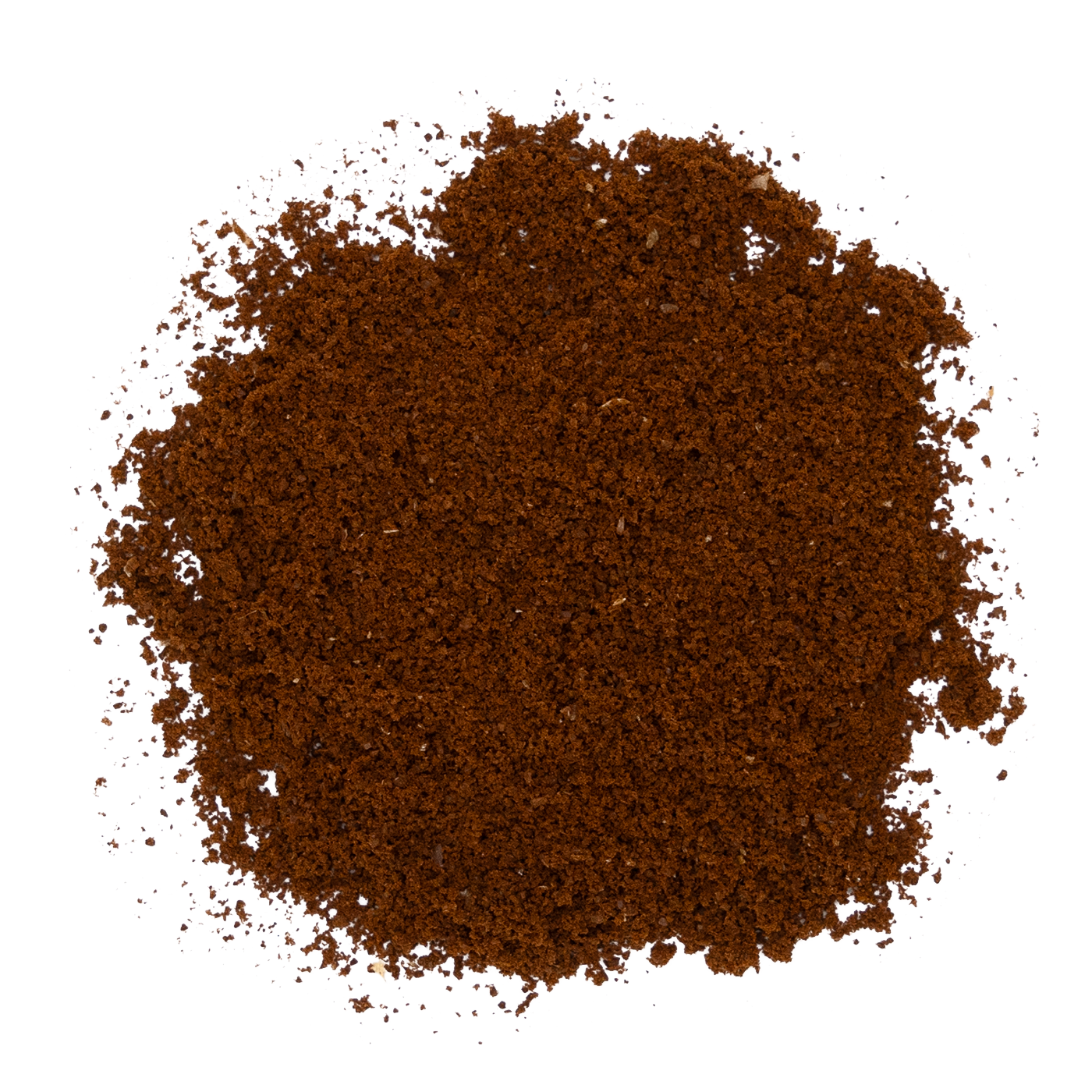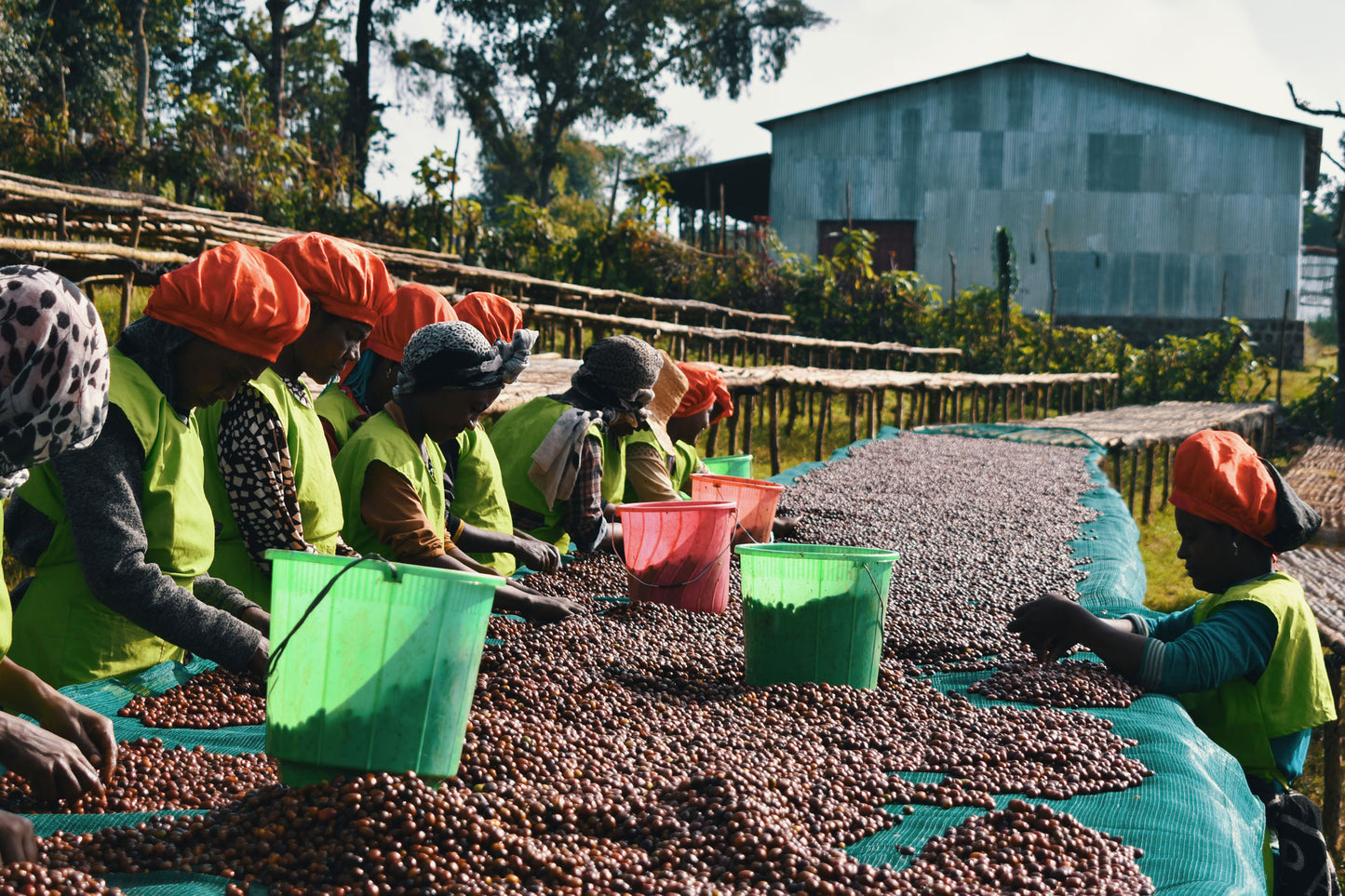
This month we’ve released a Limited Oxygen process coffee from Ethiopia. It has a unique flavor profile, one that gains more meaning when you understand the science behind limiting oxygen. Let’s dive in.
WHAT IS A LIMITED OXYGEN COFFEE?
There’s no fluff in the name—a limited oxygen coffee is simply a coffee that had its oxygen limited at a specific point. The coffee faces oxygen limitation during the fermentation stage before drying. In this case, whole, ripe coffee cherries are placed in sealed containers, where natural fermentation produces carbon dioxide that forces oxygen out of the container, thereby limiting the oxygen that the coffee cherries are exposed to. Once the limited oxygen fermentation is complete, whole cherries are laid out on raised beds to dry. This Ethiopia coffee is a natural process coffee with a limited oxygen fermentation stage.
WHY LIMIT THE OXYGEN?
Each step in the processing of coffee affects the end result. From how the cherries are sorted, to whether or not they’re pulped or how long they’re dried, there’s a host of variables that coffee processors work with to achieve a cup of coffee with the flavor profile their sellers are looking for. In the case of limited oxygen, it’s a step that distills the clarity of the natural fruit flavors found in the coffee cherry. By including the limited oxygen fermentation stage, we can achieve clean and clear fruit notes that are not found in other processing methods. With this Ethiopia, that means delicate notes like tea rose, tangerine and nectar can emerge with a soft, citric acidity.
WHAT ARE SOME OTHER TYPES OF COFFEE PROCESSES?
For context, there are three most commonly used types of coffee processing: natural, washed and honey. Limited oxygen processing is still quite novel and experimental, and it is done as an add-on during a process.
In a natural process coffee, whole coffee cherries are dried right after being picked, without removal of any part of the cherry. A washed process coffee will have the skin of the coffee cherry and most of the mucilage around the coffee bean removed via a quick fermentation that helps slough off the mucilage when the beans are washed. A honey process coffee is when the skin of the cherry is removed, but most of the mucilage remains during the drying process. Varying amounts of mucilage can be left, resulting in a range of white honey (most pulp removed), yellow honey, red honey or black honey (most pulp remaining) coffees from this process.
For limited oxygen coffees, each coffee producer has to run calculated tests to determine the extent of oxygen-limiting. Too long, and it will be a coffee you don’t want to drink. We’re thrilled to be a part of the experimental wave; the producers on this Ethiopia definitely have their limited oxygen formula down.
